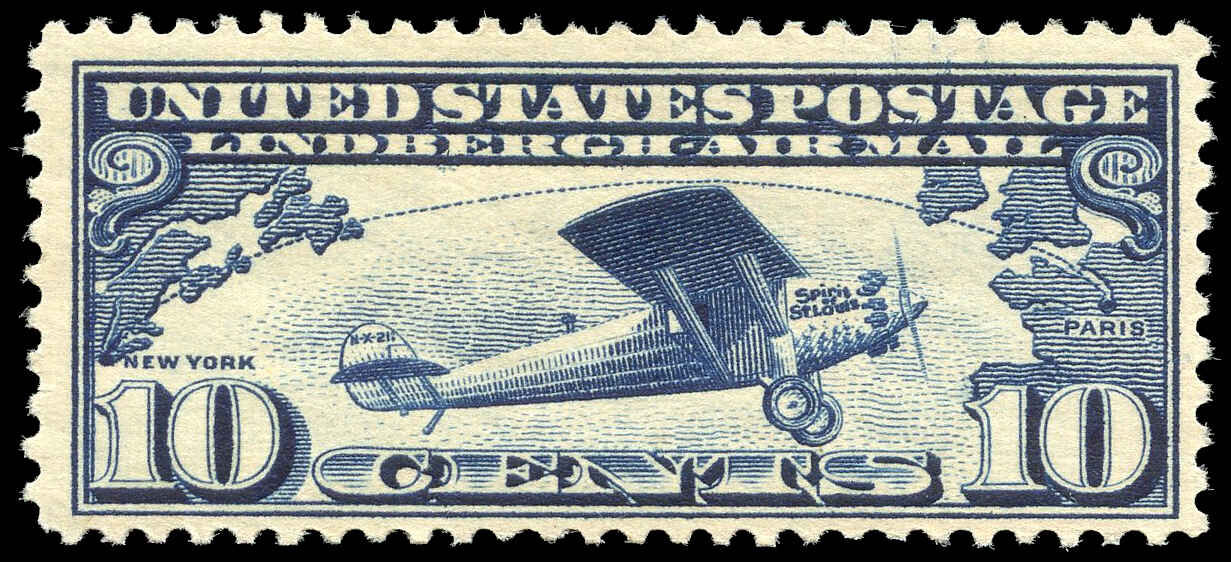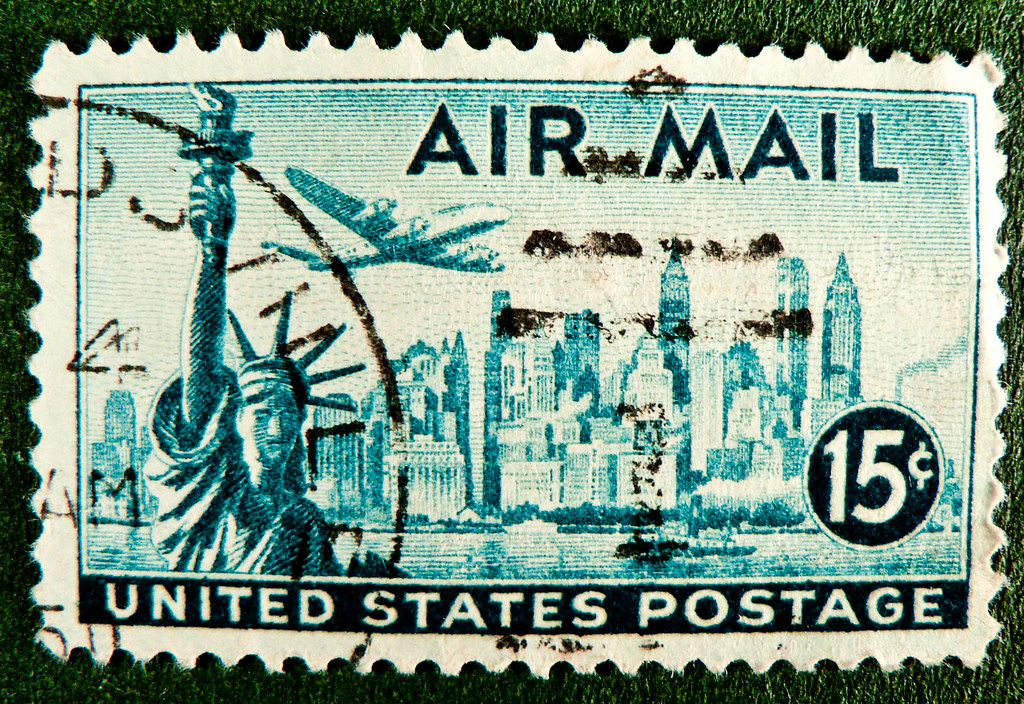
The sky is the limit! Use your imagination. The contents in this guide offer only an introduction to the possibilities of airmail collecting. Have a great time as you pilot your way through Collecting Airmail. The authors share a passion for aerophilately, and together we hope these essays offer an overview of airmail collecting and an inspiration to novice collectors seeking expanded horizons.
AIRMAIL STAMPS FULL
This is a hobby full of fun and great, creative people!Ĭollecting Airmail was designed to help you enter the field of airmail collecting by having leading American aerophilatelists write about their own collecting interests. Whatever influences you toward collecting airmail, you will find great rewards this area of concentration offers plenty of room for you to create a specialization that is tied to your interests or pursuits. Museum curators and aviation history buffs find new approaches to their subjects in aerophilately.

Yet others began collecting coins or postcards or antiques and discovered that in airmail collecting there is a greater opportunity to meet fellow collectors, exhibit collections, write about discoveries, and share enthusiasm. Some are advanced philatelists of a specific country who wish to research the rates and usages of the airmail stamps of their area of specialization. Others were stamp collectors as children and returned to philately, now seeking a specialty that offers new challenges and knowledge. Many are pilots, work in the aircraft industry, serve in aviation in the armed forces, or have other direct connections to flight. They all share a passion for aviation and its impact on worldwide communications. However, in early 1976 all mail to the U.S was sent by air without the requirement of airmail postage.Ĭanal Zone airmails provide a fairly easy road to completion, but the use of airmail stamps on first day covers and as postal history artifacts offers a lifetime adventure.Note: See exhibits of “ Jenny airmail 100 years”Īirmail collectors, or aerophilatelists, come from all walks of life throughout the world. In fact, the initial Canal Zone airmail issue of any kind appeared on a group of 2-cent stamped envelopes with airmail indicia added in mid-1928, many months prior to the first adhesive stamps.Īirmail stamps were still being used when the Canal Zone itself was relegated to history books on September 30, 1979. There is also an interesting group of airmail postal stationery in the form of envelopes and postal cards. In 1941 some airmail stamps were overprinted in limited numbers for official use.
AIRMAIL STAMPS SERIES
In addition to three permanent series airmails, there is a small group of commemoratives on several different themes. stamps should not be surprised to see such denominations as 22-, 31- and 35-cents on Canal Zone stamps. reflected those set in Washington for delivery to the Isthmus, but the CZPS was permitted to set its own rates on mail to foreign destinations since distances and difficulties to those locations varied. Interestingly, Canal Zone rates to the U.S. Through the years, the CZPS issued a total of fifty-three airmail-specific stamps in a wide range of denominations to meet rate changes. Other inaugural flights to destinations throughout Latin America and the Caribbean followed in short order, prompting the demand for more and better airmail service. Lindbergh reached the Isthmus of Panama in early February, leaving with a large load of airmail matter on February 10.
AIRMAIL STAMPS PLUS
at twenty five cents per half-ounce plus two cents regular postage. By then the Canal Zone Postal Service (CZPS) had set the rate for an airmail letter to the U.S.
He was to deliver the first airmail from the U.S. Lindbergh visited the Isthmus of Panama on his Good-Will Tour in 1928, flying his 'Spirit of St.

Rapid advances in aeronautical technology soon verified the need for airmail stamps.


 0 kommentar(er)
0 kommentar(er)
